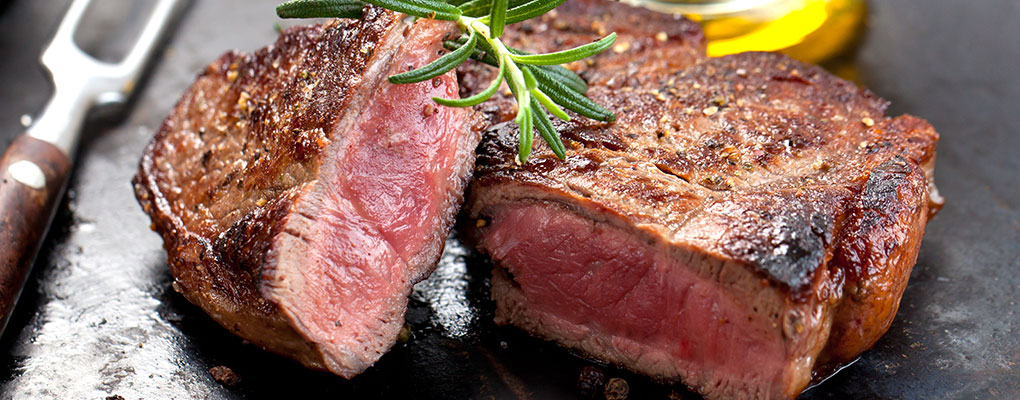
This means cutting red meat consumption has little benefit for lowering deaths from cardiovascular disease, stroke, myocardial infarction and type 2 diabetes. Based on these reviews, an accompanying guideline recommends that most adults should continue to eat their current levels of intake - a finding that is contrary to almost all other guidelines that exist.
A panel of 14 members, including 3 community members, from 7 countries voted on the final recommendations. Strict criteria limited the conflicts of interest among panel members. Four systematic reviews addressed the health effects associated with red meat and processed meat consumption, and one systematic review addressed people's health-related values and preferences regarding meat consumption.
The experts say the actual reductions in risk were often trivial for people lowering their red or processed meat consumption meals, and any links between meat consumption and negative health effects were likely to be uncertain.
Based on these 5 new high-quality systematic reviews, a panel of experts recommends that most people can continue to consume red meat at their current consumption levels. And possibly the older guidelines stating how much red meat we should eat should be reviewed.
Expert responses have been mixed but there are two similar thoughts:
NOTE: The review did not compare meat eaters with those following a vegetarian diet but was designed to look at whether a reduction in red meat consumption was justified.
This is what I recommend when it comes to eating red meat.
Studies from Australia show that men eat too much meat and not enough veggies and they are resistant to the ‘eat less meat’ message.
The studies also show that women and girls are already at the recommended low levels of meat but it’s the men who need to reduce – but not cut out completely and they need to eat better quality fresh meats, not hot dogs or bacon or other processed meats.
I don’t believe one needs to go vegan or cut out meat completely. One can still enjoy the benefits of vegetables without swearing off all meat.
It’s all about reducing meat consumption, saying “no” to processed meats, and boosting consumption of vegetables.
There’s no problem with a modest intake of meat. If you consume meat, make sure you eat it along with lots of vegetables, whole grains and legumes - which is entirely different from a meal consisting of bacon, burgers or sausages with few plant foods and a high intake of refined grain foods such as soft buns and fried chips.
Say “No” to processed meats such as salamis and bacon. I tend to view them as an early form of processing needed in the days before there was refrigeration.
Written by guest contributor, dietitian-nutritionist Catherine Saxelby, and reproduced here with permission from www.foodwatch.com.au.
Tap to call us at 1800 567 348
Fill in your details below and our team will be in contact shortly to answer your questions and get you started.
"*" indicates required fields